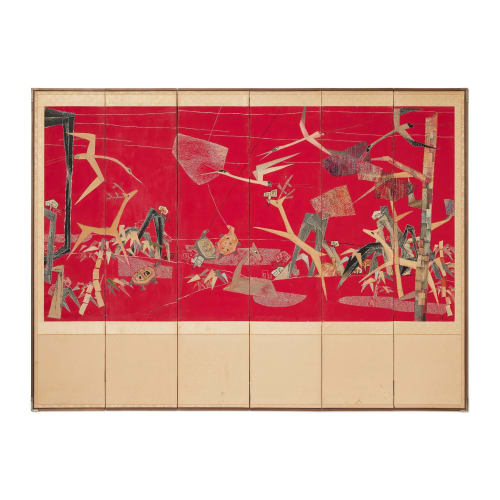This week, the 94-year-old South Korean fiber artist Lee ShinJa receives her first North American museum retrospective at California’s Berkeley Art Museum and Pacific Film Archive. “I felt like she needed to have a space of her own,” says Victoria Sung, the curator of “Lee ShinJa: Drawing With Thread.” “She anticipated so many trends in the contemporary art world in relation to fiber.” The exhibit, which spans Lee’s oeuvre from the late 1950s to the early 2000s, features 40 woven works ranging from smaller-scale wall hangings to monumental tapestries. Lee, who learned by watching her grandmother weave, was interested in combining sewing, dying and knotting techniques — which were considered separate genres at the time — to create new forms and textures. She experimented with everyday textiles like grain sacks and mosquito nets in her early years; later on, she thrifted items like sweaters and tablecloths, then unraveled and reconstructed the materials. “Critics accused her of basically ruining embroidery in Korea,” says Sung, “but she was interested in mixing everything together.” For “Ten Longevity Symbols” (1958), for example, Lee subverted the Joseon dynasty-era folding screen, transforming an otherwise static composition into a dynamic tableau with appliquéd and zigzag-stitched shapes that she sewed freehand.
—Jinnie Lee


